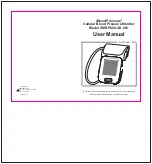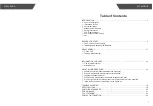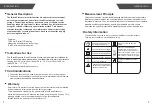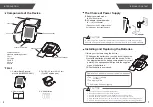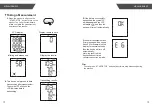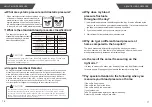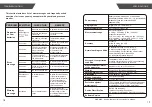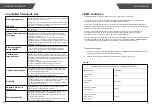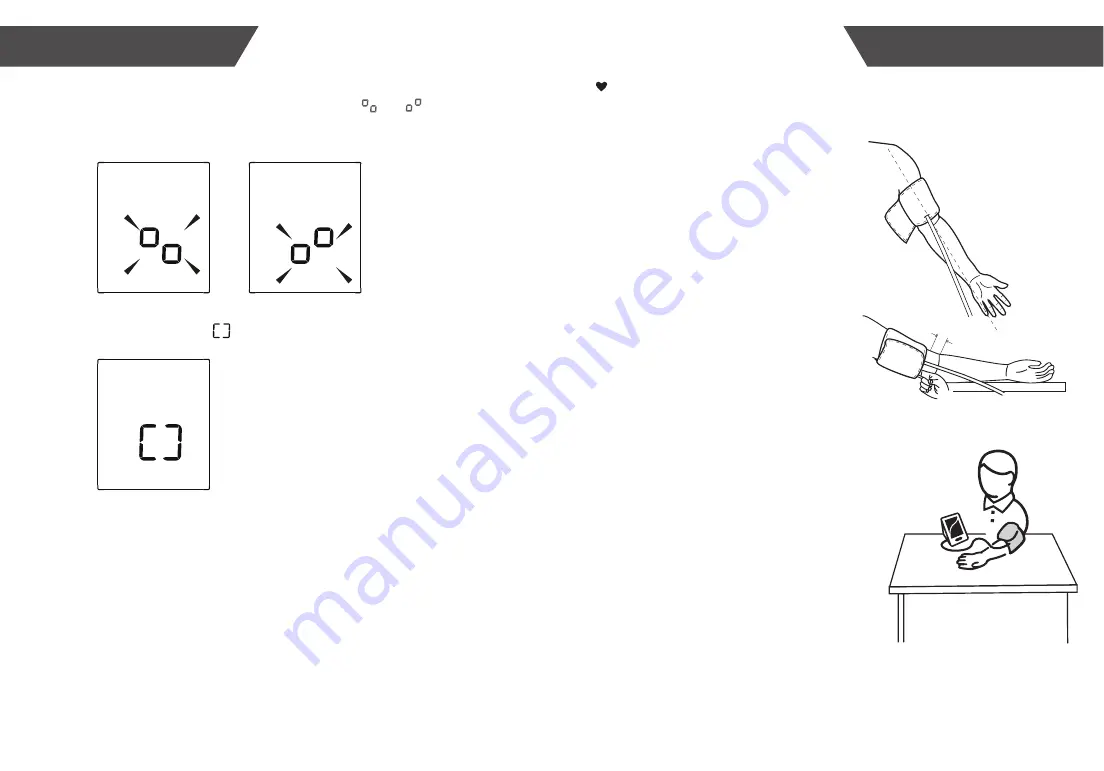
11
10
MEASUREMENT
Tie the Cuff
2~3cm
BEFORE YOU START
Tip:
Replace the battery or connect
AC adapter,
the symbol and will be
shown on the LCD, indicating pair-up is proceeding alternatively.
You can press “ START/STOP ” button at any time to stop pair-up.
If SUCCEED
, symbol will be shown on the LCD.
1.
2.
3.
4.
5.
6.
7.
8.
9.
10.
11.
If FAIL,
the monitor will turn off automatically.
Plug the connector on cuff tube into the
device.
Expose your upper arm by removing or
adjusting clothing and jewelry. Make
sure blood flow is not constricted by a
rolled up sleeve.
Open the cuff and loosen fully.
Orient the cuff so that the tube exits
towards the hand.
Place your arm through the cuff loop,
with your palm facing up.
Position the cuff's edge about an inch
(2–3 cm) above the elbow.
Align the
Ф
marker (located to the right
of the tube exit) with the center of your
arm.
Tighten the cuff evenly around your arm
by pulling on the end—make sure the
Ф
marker stays aligned with the center of
your arm.
Wrap the end of the cuff over your arm
to secure it in place. Don't make it too
tight—allow a finger to fit between the
cuff and your arm.
If possible, relax and rest for at least 5
minutes before taking a measurement.
Lay your arm on a table with your palm
facing up. The cuff should be at the
same height as your heart. Sit up
straight and rest your feet flat on the
ground. Make sure the tube is not kinked
or pinched.

